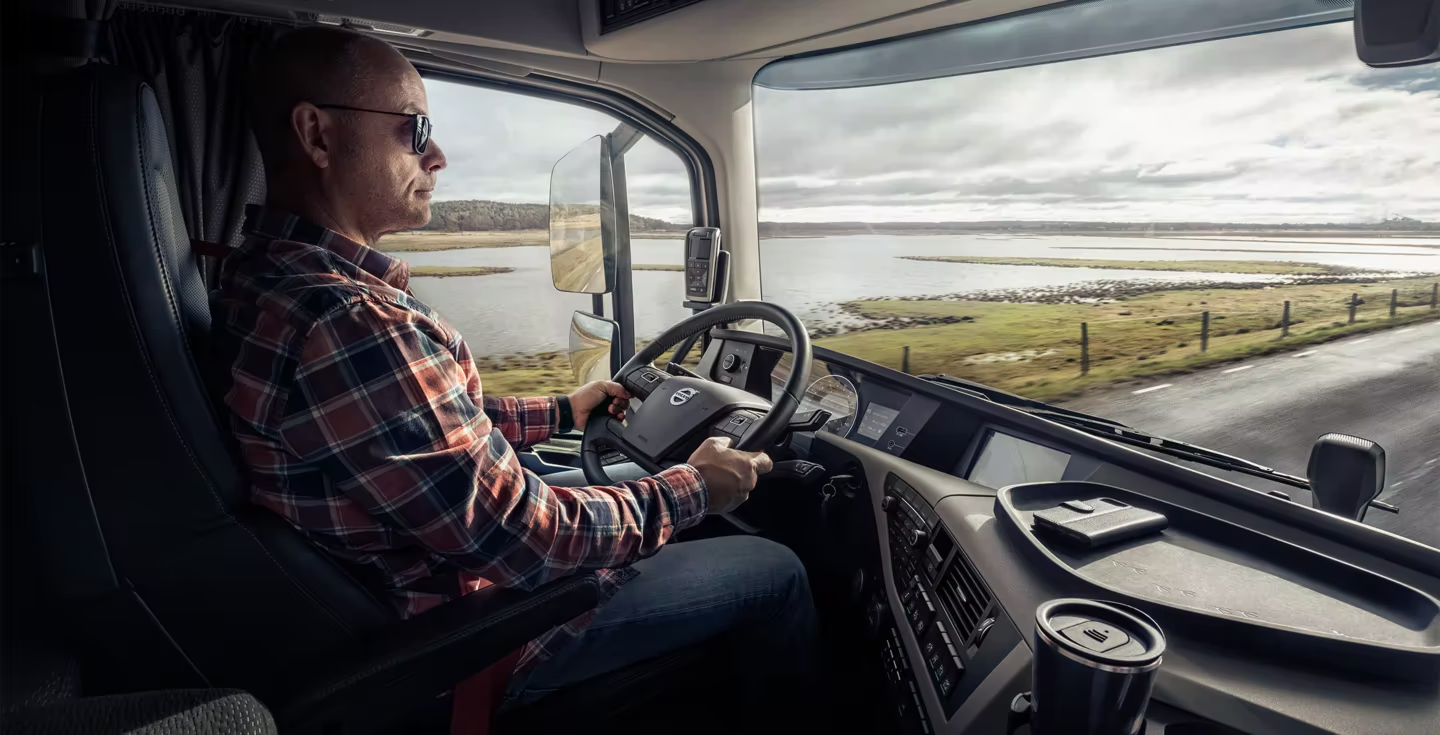Let’s be honest. Towing can be nerve-wracking. That white-knuckle feeling when a semi-truck blows past you, and your trailer starts swaying like a metronome? It’s enough to make you want to leave the camper in the driveway forever. But here’s the deal: towing technology has undergone a quiet revolution. It’s moved far beyond just a ball and a receiver.
We’re now in an era of smart hitches, electronic guardians, and systems that manage weight with near-surgical precision. This isn’t just about convenience; it’s about fundamentally transforming safety and control. So, let’s dive into the advanced towing technologies and weight distribution systems that are making the open road a far less intimidating place.
Why Weight Distribution is Your Secret Weapon
You can have the most powerful truck on the planet, but if your trailer’s weight is a mess, you’re asking for trouble. It’s like loading a wheelbarrow. Put the heavy stuff too far forward, and it’s impossible to lift. Too far back, and you’ll be doing a wheelie. A trailer is no different.
Poor weight distribution leads to two main nightmares: sway and sag. Sway is that terrifying side-to-side fishtailing motion. Sag is when your tow vehicle’s rear end squats down, its front end points up, and your headlights look like they’re searching for airplanes. Both drastically reduce your control and braking effectiveness.
How a Weight Distribution Hitch Actually Works
Think of a standard hitch as a single pivot point—a seesaw. A weight distribution hitch, on the other hand, is more like a team of people carefully balancing a long plank. It uses spring bars (or chains) that leverage against the trailer’s A-frame to literally transfer tongue weight back to the trailer’s axles and, crucially, forward to the front axle of your tow vehicle.
The result? Your vehicle sits level. Steering feels normal again. Braking is more stable. It’s the single most important mechanical upgrade for anyone towing a sizable travel trailer, fifth wheel, or any heavy bumper-pull load.
The Rise of the Electronic Co-Pilot: Integrated Trailer Brake Controllers and Sway Control
While weight distribution hitches handle the physics, electronic systems manage the dynamics. The first big leap was the integrated trailer brake controller. Gone are the days of a clunky, aftermarket box stuck under your dash. These are built directly into the vehicle’s computer.
They’re incredibly sophisticated. They monitor your brake pedal pressure and the vehicle’s deceleration rate, then automatically apply the trailer’s brakes with perfect proportion. It’s seamless. You just drive, and the system does the math, providing smoother, more effective stops every single time.
Taming the Beast: Trailer Sway Control
This is the real game-changer. Trailer Sway Control (TSC) is your electronic guardian angel. Using the same yaw sensors that stability control systems use, it detects the minute beginnings of a trailer sway—often before you can even feel it.
When it senses trouble, it doesn’t just beep at you. It actively applies braking to individual front wheels of the tow vehicle to create a counter-force that straightens the whole rig out. It’s a feeling of being actively saved by your own truck. Honestly, it’s a technology that once you have it, you’ll never want to tow without it.
The Next Generation: Smart Hitches and Camera Systems
Just when you thought it couldn’t get smarter, it did. The latest advancements blend hardware and software in ways that feel like science fiction.
Blind Spot Monitoring for Your Trailer
You know that massive blind spot created by your trailer? New camera systems solve it. We’re not just talking about a basic backup camera. These are advanced systems with multiple camera inputs that can create a seamless, bird’s-eye view of your entire rig and its surroundings. Changing lanes becomes a confident glance at your dashboard screen instead of a heart-pounding guess.
The “Self-Tightening” Hitch
This is, frankly, brilliant. Companies like Hensley and ProPride have developed hitch designs that are inherently anti-sway. They use a pivoting mechanism that, when sway begins, actually tightens the connection between the truck and trailer, effectively “steering” the trailer back in line. It’s a purely mechanical solution that is incredibly effective, often eliminating the need for electronic intervention altogether.
A Quick Guide to Choosing Your System
With all these options, what do you actually need? Well, it depends entirely on your setup.
| Your Towing Scenario | Recommended Tech |
| Small, lightweight utility trailer | A quality standard hitch is likely sufficient. |
| Midsize to large travel trailer (over 3,500 lbs) | Weight Distribution Hitch is essential. Add an Integrated Brake Controller. |
| Heavy travel trailer, long trips, varied conditions | All of the above, plus Trailer Sway Control and consider a mechanical anti-sway hitch for ultimate peace of mind. |
| Any trailer with significant blind spots | Invest in an advanced trailer camera system. It’s a safety multiplier. |
The key is to think of these technologies as layers of safety. They build upon each other. A weight distribution hitch creates a stable foundation. An integrated brake controller makes stopping safer and easier. Sway control acts as a vital safety net. And cameras give you the vision to avoid problems in the first place.
The Human Element in a High-Tech World
For all this amazing gear, the most important component is still you. All the technology in the world can’t fix a poorly loaded trailer. You have to do the groundwork—literally. Weigh your loaded rig. Check your tire pressures, on both the truck and trailer. Ensure your cargo is balanced, with about 60% of the weight in the front half of the trailer.
These advanced systems are designed to assist a driver who is already practicing good towing habits, not to replace them. They’re the difference between being a good driver and a superhuman one.
The road ahead is long. But it doesn’t have to be frightening. With the right knowledge and the right tools, that white-knuckle grip can finally, thankfully, relax.











